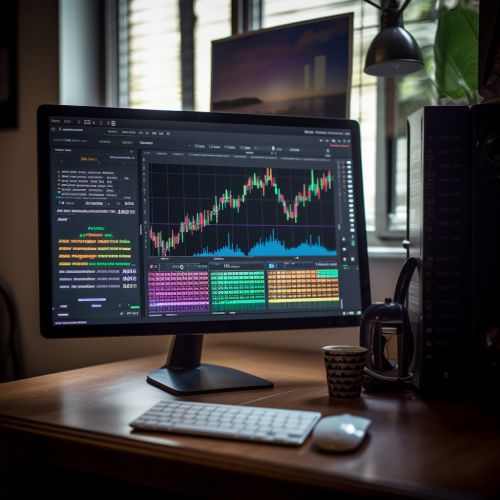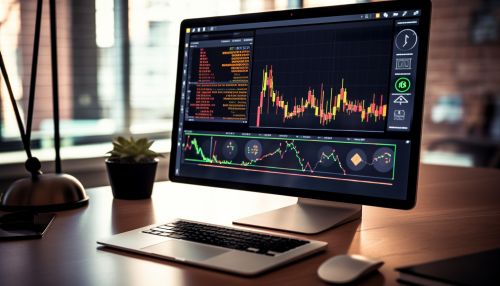Leading indicators
Overview
Leading indicators are economic factors that change before the general economy starts to follow a particular pattern or trend. They are used to predict changes in the economy, but they are not always accurate. Leading indicators include production workweek, building permits, unemployment insurance claims, money supply, inventory changes, and stock prices. The Conference Board publishes a composite Leading Economic Index consisting of ten indicators designed to predict activity in the U.S. economy six to nine months in future.
Economic Indicators
Economic indicators are statistics that provide insight into the economic performance of a particular country or region. These indicators are typically published by government agencies or non-profit organizations and are used by investors, central banks, and economists to analyze economic trends and make decisions. There are three types of economic indicators: leading, lagging, and coincident indicators.
Leading Indicators
Leading indicators are key economic indicators that have proven to be predictive of future economic activity. They are used to forecast changes in the economy and to make informed decisions about economic policy and investment. Leading indicators can include measures such as stock market performance, the number of new businesses, and changes in unemployment rates.
Lagging Indicators
Lagging indicators are economic indicators that change after the economy as a whole does. Typically, they are used to confirm what has already happened in the economy, rather than to predict what will happen. Examples of lagging indicators include unemployment, corporate profits, and labor cost per unit of output.
Coincident Indicators
Coincident indicators are economic indicators that change at approximately the same time as the whole economy, thereby providing information about the current state of the economy. Examples of coincident indicators include GDP, industrial production, and personal income.
Importance of Leading Indicators
Leading indicators are critical for both policymakers and investors as they provide a glimpse into future economic activity. Policymakers use leading indicators to help them make decisions about economic policy. For instance, if leading indicators suggest that the economy is likely to enter a recession, policymakers might implement measures to stimulate economic growth, such as reducing interest rates or increasing government spending.
Investors also use leading indicators to help them make investment decisions. If leading indicators suggest that the economy is likely to grow, investors might decide to invest in stocks that are likely to benefit from economic growth. Conversely, if leading indicators suggest that the economy is likely to contract, investors might decide to sell stocks and invest in safer assets, such as government bonds.
Examples of Leading Indicators
There are several key leading indicators that economists and investors watch closely. These include:
Stock Market
The performance of the stock market is often considered a leading indicator of economic activity. This is because investors' expectations about future economic activity can influence stock prices. If investors believe that the economy will grow, they are likely to buy stocks, which can push up stock prices. Conversely, if investors believe that the economy will contract, they are likely to sell stocks, which can push down stock prices.
Building Permits
The number of building permits issued is another leading indicator of economic activity. This is because an increase in building permits can signal future construction activity, which can stimulate economic growth. Conversely, a decrease in building permits can signal a decline in future construction activity, which can slow economic growth.
Unemployment Insurance Claims
The number of unemployment insurance claims is also considered a leading indicator of economic activity. An increase in unemployment insurance claims can signal a weakening economy, as it suggests that more people are losing their jobs. Conversely, a decrease in unemployment insurance claims can signal a strengthening economy, as it suggests that fewer people are losing their jobs.
Limitations of Leading Indicators
While leading indicators can provide valuable insights into future economic activity, they are not always accurate and should be used with caution. There are several reasons for this.
First, leading indicators can sometimes give false signals, suggesting that the economy is heading in one direction when it is actually heading in another. This can occur, for example, when a leading indicator is influenced by a temporary factor that is not reflective of the underlying economic trend.
Second, leading indicators can sometimes be revised. This means that the initial estimate of a leading indicator can be changed after more information becomes available. This can make it difficult to rely on leading indicators for decision-making purposes.
Finally, while leading indicators can provide a general idea of the direction of the economy, they cannot predict the exact timing or magnitude of economic changes. Therefore, while they can be useful tools for policymakers and investors, they should not be relied upon exclusively.


